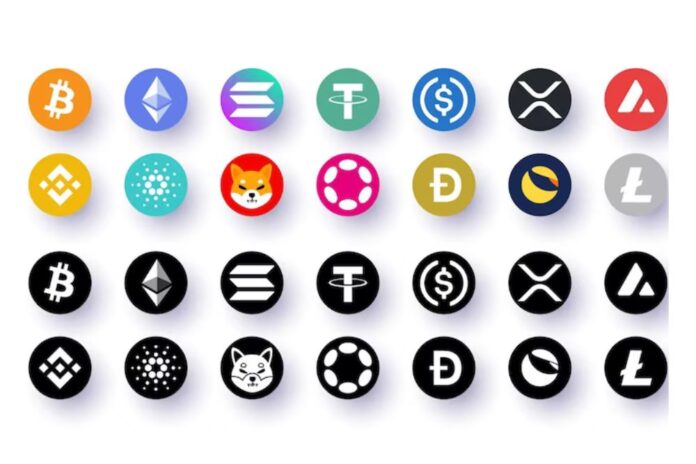The cryptocurrency market boasts a vast array of projects, with over 14,000 tokens vying for attention. However, a closer look reveals a potential oversaturation, with many projects struggling to translate technological advancements into real-world adoption.
A recent Forbes report identified a category of blockchain projects dubbed “zombie blockchains.” Despite maintaining high market valuations, these blockchains exhibit minimal practical utility or user base.
Read Also: Forbes Says XRP Is Useless, Tags XRPL a Zombie Chain, Community Reacts
Well-known names like XRP, Cardano (ADA), Litecoin (LTC), Bitcoin Cash (BCH), and Ethereum Classic (ETC) fall under this classification. According to Forbes, these blockchains continue to operate and trade actively, but their functionality and impact on the financial landscape remain questionable.
What Creates Zombie Chains?
One of the core issues lies in the disconnect between initial goals and current reality. Take XRP, for instance. The digital asset was designed to revolutionize cross-border payments with faster speeds and lower fees than its competitors.
Although Ripple has partnered with many global companies, XRP has yet to disrupt the established SWIFT network. The Forbes report highlights this, and XRP’s value currently rests primarily on speculative trading activity, with limited revenue generated from actual network usage.
Similar concerns surround hard forks like Litecoin, Bitcoin Cash, and Bitcoin SV. While boasting valuations exceeding $1 billion, their practical applications remain limited. These projects often emerge from developer disagreements and persist due to historical significance or speculative trading momentum, rather than offering unique solutions to financial challenges.
The report also highlights the “Ethereum killer” phenomenon, which embodies this underutilization. Tezos (XTZ), Algorand (ALGO), Cardano (ADA), and similar blockchains are specifically created to beat Ethereum, but most of them are now a shadow of themselves today.
Despite boasting advanced transaction processing capabilities, they haven’t achieved widespread adoption or attracted significant developer engagement. In some cases, like Cardano, speculation surrounding the project’s founder might be a stronger driver of value than the technology itself.
We are on twitter, follow us to connect with us :- @TimesTabloid1
— TimesTabloid (@TimesTabloid1) July 15, 2023
Read Also: Forbes Says XRP Price Is Set for Face-Ripping Rally. Here’s why
The lack of robust governance and financial accountability mechanisms further complicates the issue. It is difficult to assess their long-term viability or financial health as they operate outside regulatory frameworks and without obligations to shareholders.
This situation raises crucial questions about the future of these projects. Can they evolve and adapt to meet real-world needs, or will they remain speculative instruments with limited practical impact?
Increased focus on user adoption, demonstrable utility, and robust governance structures will be critical factors in determining which blockchain projects thrive in the long run. Ripple’s executives have revealed that the company prioritizes utility and adoption over short-term gains, and other blockchains need to shift focus to remain relevant.
Follow us on Twitter, Facebook, Telegram, and Google News


